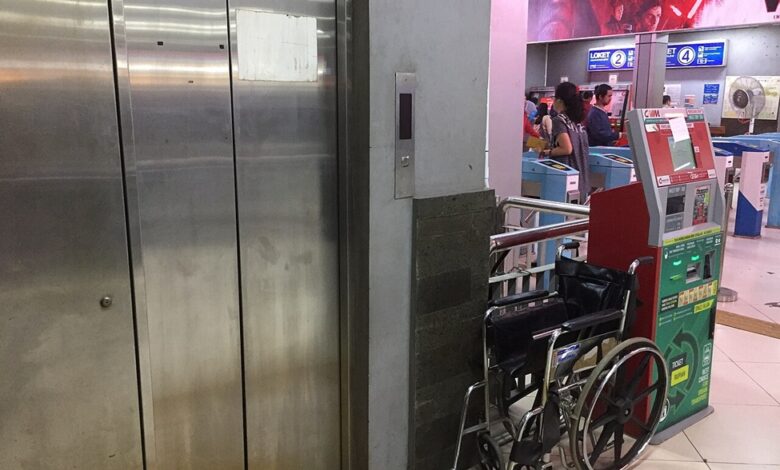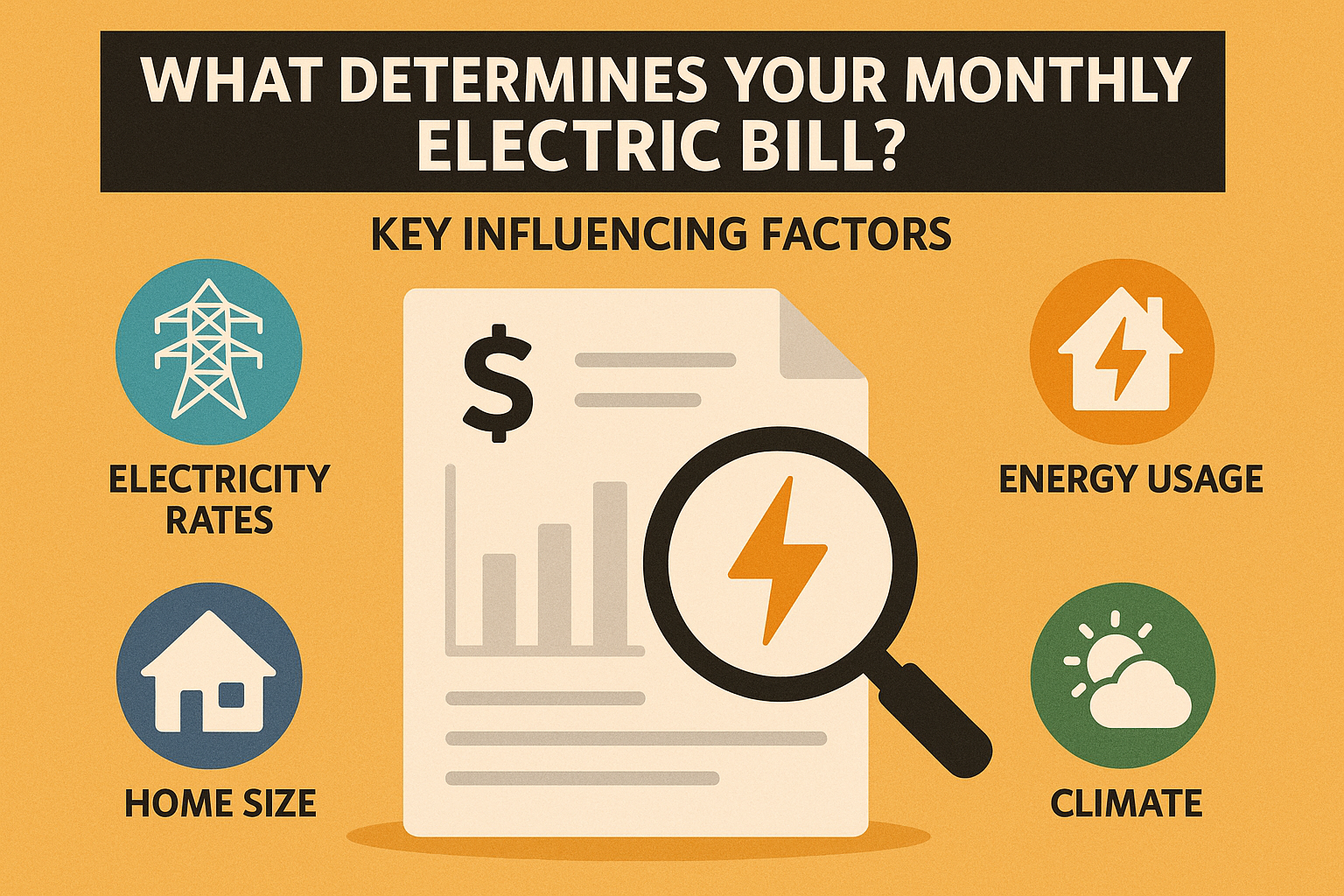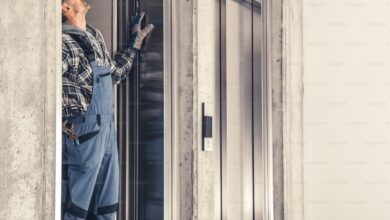Compliance and Safety Standards Every Elevator Maintenance Company Must Follow

An elevator maintenance company should follow various compliance and safety standards to ensure passenger safety. Learn more about them by reading the blog.
Elevators are an essential part of everyday life today. They help people enter and leave buildings. Apart from that, elevators also help people save time by getting them swiftly to their destination.
These lifts also serve as vital pathways in case of emergencies. They let first responders reach the area and neutralize the threat. That’s why elevator safety is an important aspect of daily life, too.
As an elevator maintenance company, you should regularly inspect and maintain these lifts to ensure compliance and elevator safety. Learn more about these standards below.
What Are the Core Safety Standards Elevator Maintenance Companies Should Follow?
You should follow these standards as an elevator maintenance company:
Regular Inspection Protocols
You should conduct regular elevator inspections to prevent any unexpected issues later on. These could range from improperly opening doors to jerky movements and unresponsive buttons.
Ideally, your company should carry out inspections on a daily, weekly, monthly, and annual basis.
What Are The Daily Lift Maintenance Tasks?
A lift’s daily maintenance involves inspecting the lift’s responsiveness, cleaning the interior, and checking whether the buttons are operating normally.
Checking the lift’s daily responsiveness involves checking whether:
- The lift responds to the call button
- Its doors open and close smoothly or not
- There are any unnatural sounds when the lift operates
A specialist lift service professional should clean the lift’s handles, mirror, and walls, to ensure that the lift remains spick and span.
Checking the lift buttons involves checking the floor buttons, emergency call buttons, and the fan buttons.
What Are The Weekly Lift Maintenance Tasks?
The weekly lift maintenance tasks involve lubricating the lift’s parts, cleaning the door’s components, and checking the emergency systems.
An elevator car has various parts like pulleys, hinges, and ball bearings. You should lubricate these parts weekly to ensure that the elevator car can travel smoothly. Not lubricating these parts can lead to jerky movements.
The door of an elevator car contains parts like sensors and rollers. The sensors are responsible for detecting the presence of people and preventing accidents. Rollers help the doors open and close smoothly.
Cleaning these components ensures that they don’t malfunction or undergo wear and tear.
The emergency systems of a lift include the intercom and other emergency call buttons. Inspecting these regularly ensures that people do not get stuck during emergencies.
Daily, monthly, and annual inspection requirements.
Documentation and reporting for regulatory audits.
What Are The Monthly Lift Maintenance Tasks?
You should carry out the following monthly lift maintenance tasks as an elevator maintenance company:
- Cleaning the shaft thoroughly
- Checking whether the elevator is leveled correctly or not
- Inspecting and fixing the shaft lights
Your professionals should assess the shaft thoroughly and check for oil leaks and signs of any debris, like litter. The presence of debris could cause electrical hazards or lead to friction.
Oil leaks on the elevator shaft can potentially lead to fires or equipment damage. So, in case your professionals spot these things, they should clean the oil or remove the debris immediately.
Checking the elevator’s level ensures that it matches the level of the floors that it caters to. An unlevel lift could cause unwanted accidents like broken feet or worse,
Inspecting and fixing the shaft lights ensures that the shaft is always well illuminated in case of emergencies. This illumination will allow your professionals to fix it without hazards.
What Are The Annual Lift Maintenance Tasks?
The annual lift maintenance tasks of a lift include a complete analysis of the elevator’s electrical and mechanical components, safety systems, and ensuring compliance.
A complete analysis of an elevator’s mechanical and electrical components involves checking motors, control panels, and wiring. Safety system inspections involve load-bearing capacity tests, emergency checks, and other tests.
This analysis should only be carried out by a specialist lift service professional in your organization.
Finally, checking for compliance involves ensuring that the elevator complies with the regulations, codes, and industrial standards. For instance, elevators should comply with the Lifts 2016 regulation.
Load Testing and Performance Checks
An elevator load test evaluates the lift’s capacity to handle a load beyond its marked capacity. This test is carried out to comply with international and national standards, like the Lifts 2016 in the UK.
The purpose of this test is to ensure that passengers can safely use the lift in case of emergencies. For example, medical professionals might need to use an oxygen cylinder for someone suffering from asphyxiation.
They also might have to use a gurney. So, an elevator that can handle these loads will prevent system failure during emergencies. An elevator load test checks the lift’s speed and response to heavy loads.
For instance, all lifts have an in-built sensor which detects when they are over capacity. In such instances, the elevator generally stops moving or alerts the required professionals.
Checking the speed ensures that passengers can enjoy a comfortable ride even in emergencies.
Emergency Systems Verification
Lifts have various emergency systems like emergency radios, phones, and fire alarms. These help people in emergencies by ensuring communication and alerting professionals.
Emergency radios and phones allow people stuck inside the lift to communicate with maintenance professionals or emergency professionals. These professionals can then guide the people stuck and reduce the panic they feel.
Fire alarms alert people within the building, who then call first responders to rescue the people. So, during an inspection, your elevator maintenance company professionals should ensure that all these components are functioning smoothly.
The Last Word
As an elevator maintenance company, you must follow strict compliance and safety standards to ensure passenger safety and avoid penalties. From load testing to running performance checks from time to time, it is essential that you carry out the necessary tasks to ensure user safety and security.
Hire An Elevator Maintenance Company Today
Have you been looking for expert elevator maintenance that meets all compliance and safety requirements? Contact a certified team today for an audit and service plan to




